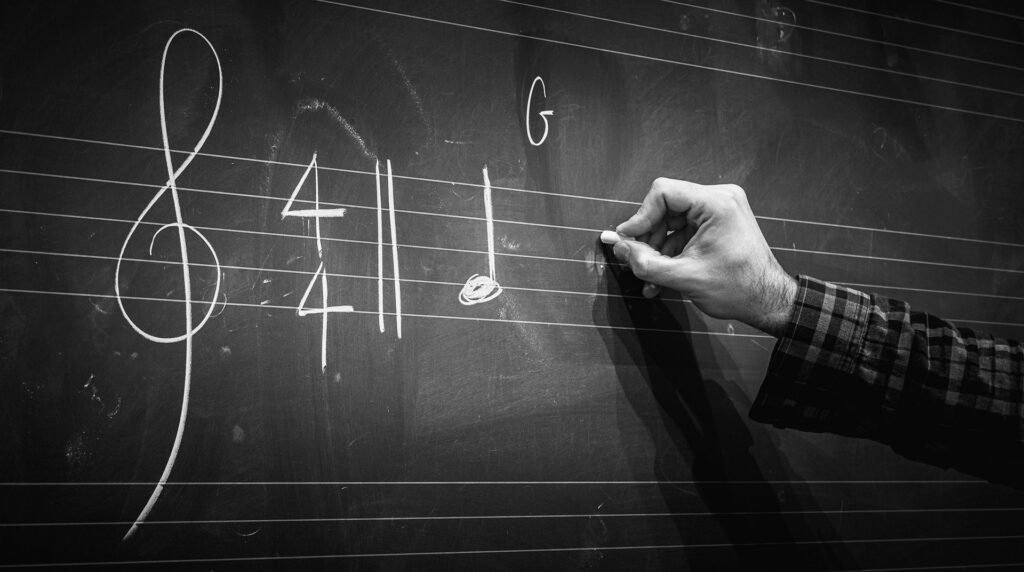
Music Theory Basics for Guitarists
Understanding music theory can significantly enhance your guitar playing, providing you with a solid foundation to build upon.

Understanding music theory can significantly enhance your guitar playing, providing you with a solid foundation to build upon.

A delay pedal is one of the most versatile and widely used effects in a guitarist’s toolkit. Whether you’re looking to add depth and texture to your sound or create intricate rhythmic patterns, a delay pedal can help you achieve your musical goals. In this blog post, we’ll explore what a delay pedal is, how it works, its functions, and delve into its history.

We are thrilled to announce a special free webinar focusing on the Fundamentals of Guitar Playing. This online event will take place on Tuesday, August 13th, from 18:00 to 20:00 UTC.

As guitarists, we often find ourselves in pursuit of that perfect, soulful melody that resonates deeply with our audience. To achieve this, we need to

When discussing guitar pedals or amplifiers, the term “headroom” frequently comes up. Headroom is a crucial concept that can significantly impact your sound and playing

From the early days of rock and roll to modern experimental music, guitar pedals have evolved significantly. Here’s a look at the fascinating history of these essential tools.

While both effects add a gritty, amplified sound to the guitar signal, they achieve this in different ways and are best suited for distinct musical contexts. Understanding the differences between distortion and overdrive pedals can help you choose the right tool for your desired sound.

The history of EADGBE tuning is intertwined with the evolution of the guitar and its predecessors. The tuning can be traced back to the Renaissance period, where the lute, a predecessor of the modern guitar, used a variety of tunings.
Lorem ipsum dolor sit amet, consectetur adipiscing elit. Ut elit tellus, luctus nec ullamcorper mattis, pulvinar dapibus leo.